| PROGRAMMING SCHOOL | Programming micro:bit in Python (Mu) |
| 1. | LIGHT / LED CONTROLL | 8. | LIGHT CONNTROL - POTO sensor (ANALOGUE) | ||||||
| 2. | TWO LIGHTS CONTROLL | 9. | LIGHT CONTROLL - POTO sensor (ANALOGUE) - RECOGNIZING BLACK LINE | ||||||
| 3. | TWO LIGHTS CONTROLL WITH BUTTONS A AND B | 10. | COLOR SENZOR (FischerTechnik) - COLOR recognition | ||||||
| 4. | LIGHT CONTROLL - PUSH BUTTON (DIGITALNO) | 11. | MOTOR - ROTATION CONTROL WITH BUTTONS "A" AND "B" | ||||||
| 5. | LIGHT CONTROLL - POTO sensor (DIGITALLY) | 12. | Controling LEDs with Potentiometer | ||||||
| 6. | LIGHT CONTROLL - POTO sensor (DIGITALLY) 2 | 13. | ENCODER MOTOR - COUNTER CONTROL | ||||||
| 7. | LIGHT CONTROLL - POTO sensor (DIGITALLY) B | 14. | STEP MOTOR | ||||||
| LIGHT / LED CONTROLL | |||||||||||||||||||||||||||||||||||||||||||||||||||||||||||||||||||||||||||||||||||||||||||||||||||||||||||||||||||||||||||||||||||||||||||||||||||||||||||||||||||||||||||||||||||||||||||||||||||||||||||||||||||||||||||||||||||||||||||||||||||||||||||||||||||||||||||||||||||||||||||||||||||||||||||||||||||||||||||||||||||||||||||||||||||||||||||||||||||||||||||||||||||||||||||||||||||||||||||||||||||||||||||||||||||||||||||||||||||||||||||||||||||||||||||||||||||||||||||||||||||||||||||||||||||||||||||||||||||||||||||||||||||||||||||||||||
 | ||||||
| ||||||
| vjezba01.zip | ||||||
| TWO LIGHTS CONTROLL | |||||||||||||||||||||||||||||||||||||||||||||||||||||||||||||||||||||||||||||||||||||||||||||||||||||||||||||||||||||||||||||||||||||||||||||||||||||||||||||||||||||||||||||||||||||||||||||||||||||||||||||||||||||||||||||||||||||||||||||||||||||||||||||||||||||||||||||||||||||||||||||||||||||||||||||||||||||||||||||||||||||||||||||||||||||||||||||||||||||||||||||||||||||||||||||||||||||||||||||||||||||||||||||||||||||||||||||||||||||||||||||||||||||||||||||||||||||||||||||||||||||||||||||||||||||||
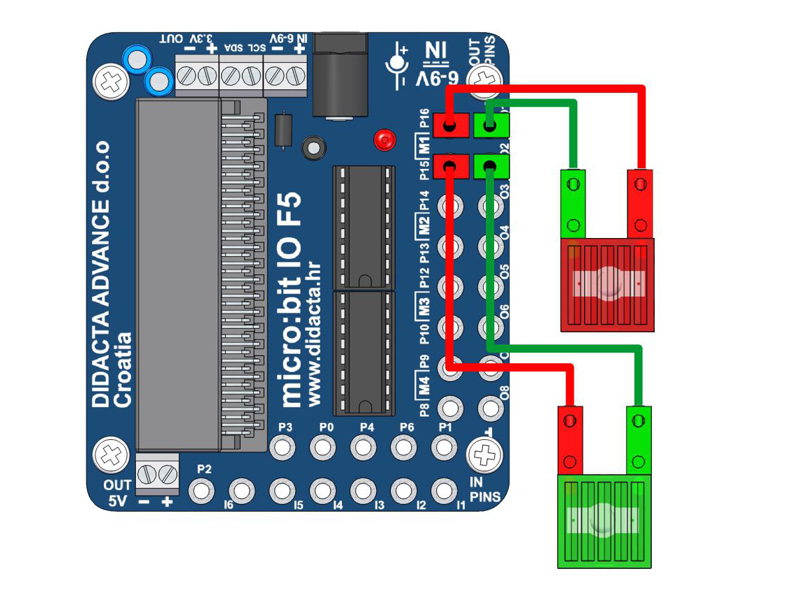 | ||||||
| ||||||
| vjezba02.zip | ||||||
| TWO LIGHTS CONTROLL WITH BUTTONS A AND B | |||||||||||||||||||||||||||||||||||||||||||||||||||||||||||||||||||||||||||||||||||||||||||||||||||||||||||||||||||||||||||||||||||||||||||||||||||||||||||||||||||||||||||||||||||||||||||||||||||||||||||||||||||||||||||||||||||||||||||||||||||||||||||||||||||||||||||||||||||||||||||||||||||||||||||||||||||||||||||||||||||||||||||||||||||||||||||||||||||||||||||||||||||||||||||||||||||||||||||||||||||||||||||||||||||||||||||||||||||||||||||||||||||||||||||||
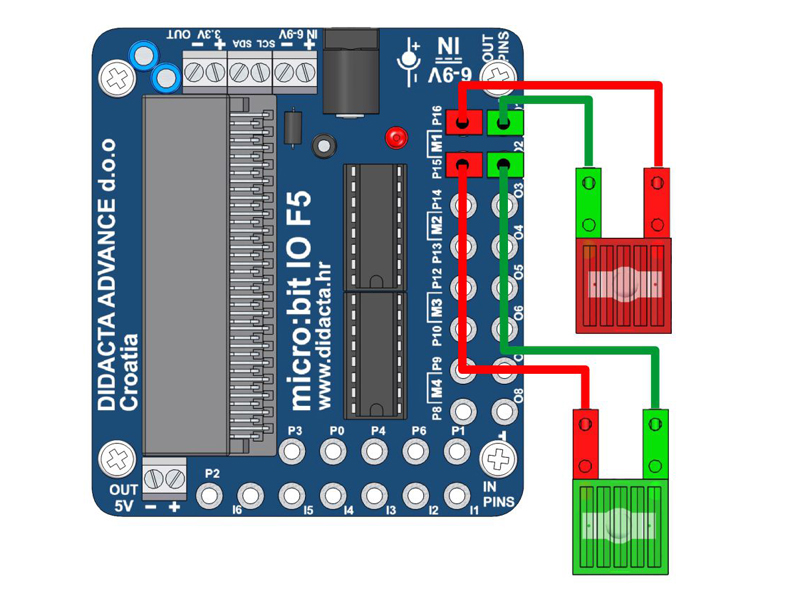 | ||||||
| ||||||
| vjezba03.zip | ||||||
| LIGHT CONTROLL - PUSH BUTTON (DIGITALNO) | |||||||||||||||||||||||||||||||||||||||||||||||||||||||||||||||||||||||||||||||||||||||||||||||||||||||||||||||||||||||||||||||||||||||||||||||||||||||||||||||||||||||||||||||||||||||||||||||||||||||||||||||||||||||||||||||||||||||||||||||||||||||||||||||||||||||||||||||||||||||||||||||||||||||||||||||||||||||||||||||||||||||||||||||||||||||||||||||||||||||||||||||||||||||||||||||||||||||||||||||||||||||||||||||||||
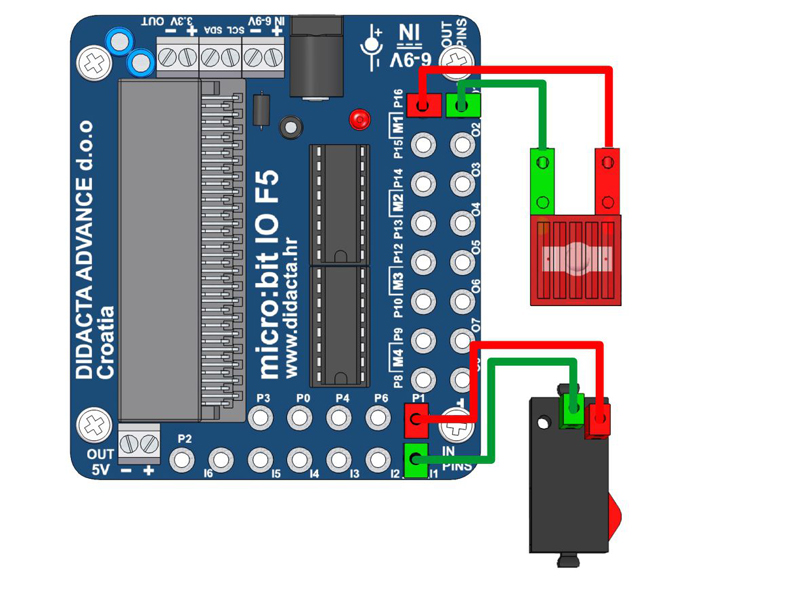 | ||||||
| ||||||
| vjezba04.zip | ||||||
| LIGHT CONTROLL - POTO sensor (DIGITALLY) | |||||||||||||||||||||||||||||||||||||||||||||||||||||||||||||||||||||||||||||||||||||||||||||||||||||||||||||||||||||||||||||||||||||||||||||||||||||||||||||||||||||||||||||||||||||||||||||||||||||||||||||||||||||||||||||||||||||||||||||||||||||||||||||||||||||||||||||||||||||||||||||||||||||||||||||||||||||||||||||||||||||||||||||||||||||||||||||||||||||||||||||||||||||||||
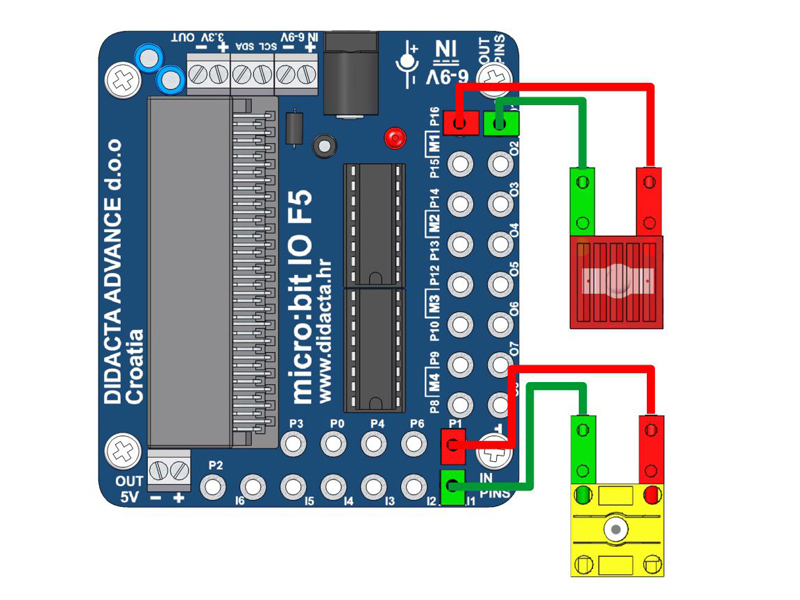 | ||||||
| ||||||
| vjezba05.zip | ||||||
| LIGHT CONTROLL - POTO sensor (DIGITALLY) 2 | |||||||||||||||||||||||||||||||||||||||||||||||||||||||||||||||||||||||||||||||||||||||||||||||||||||||||||||||||||||||||||||||||||||||||||||||||||||||||||||||||||||||||||||||||||||||||||||||||||||||||||||||||||||||||||||||||||||||||||||||||||||||||||||||||||||||||||||||||||||||||||||||||||||||||||||||||||||||||||||||||||||||||||||||
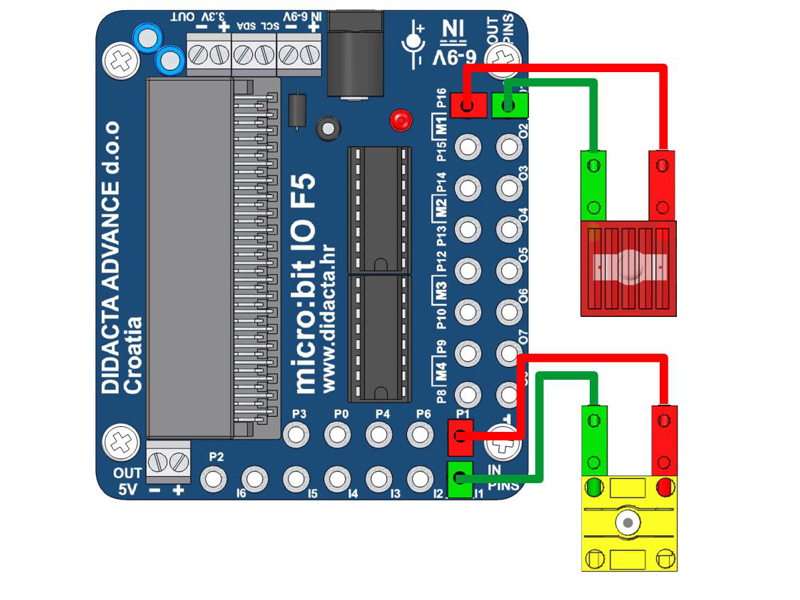 | ||||||
| ||||||
| vjezba06.zip | ||||||
| LIGHT CONTROLL - POTO sensor (DIGITALLY) B | |||||||||||||||||||||||||||||||||||||||||||||||||||||||||||||||||||||||||||||||||||||||||||||||||||||||||||||||||||||||||||||||||||||||||||||||||||||||||||||||||||||||||||||||||||||||||||||||||||||||||||||||||||||||||||||||||||||||||||||||||||||||||||||||||||||||||||||||||||||||||||||||||||||
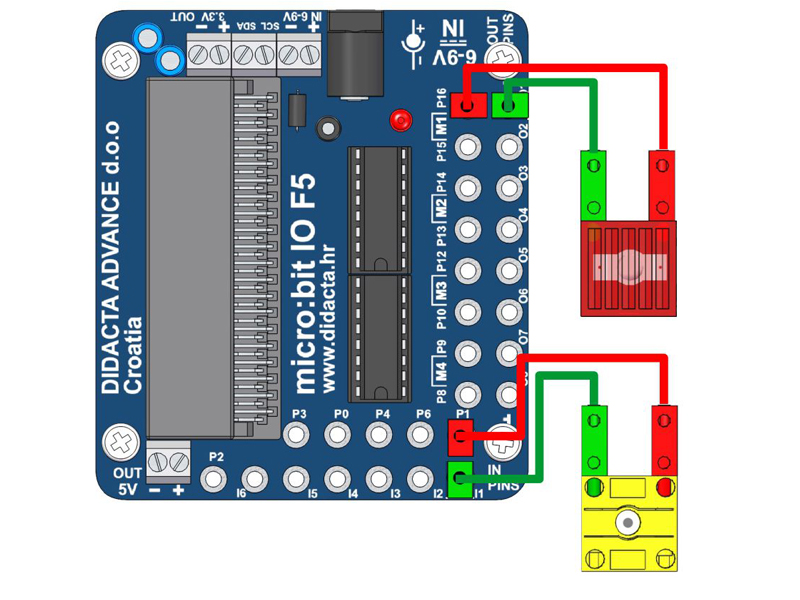 | ||||||
| ||||||
| vjezba07.zip | ||||||
| LIGHT CONNTROL - POTO sensor (ANALOGUE) | |||||||||||||||||||||||||||||||||||||||||||||||||||||||||||||||||||||||||||||||||||||||||||||||||||||||||||||||||||||||||||||||||||||||||||||||||||||||||||||||||||||||||||||||||||||||||||||||||||||||||||||||||||||||||||||||||||||||||||||||||||||||||||
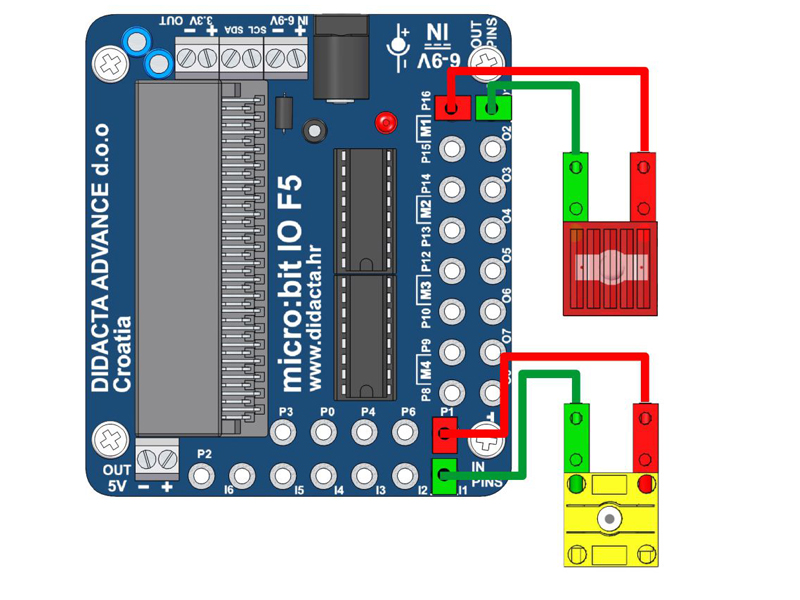 | ||||||
| ||||||
| vjezba08.zip | ||||||
| LIGHT CONTROLL - POTO sensor (ANALOGUE) - RECOGNIZING BLACK LINE | |||||||||||||||||||||||||||||||||||||||||||||||||||||||||||||||||||||||||||||||||||||||||||||||||||||||||||||||||||||||||||||||||||||||||||||||||||||||||||||||||||||||||||||||||||||||||||||||||||||||||||||||||
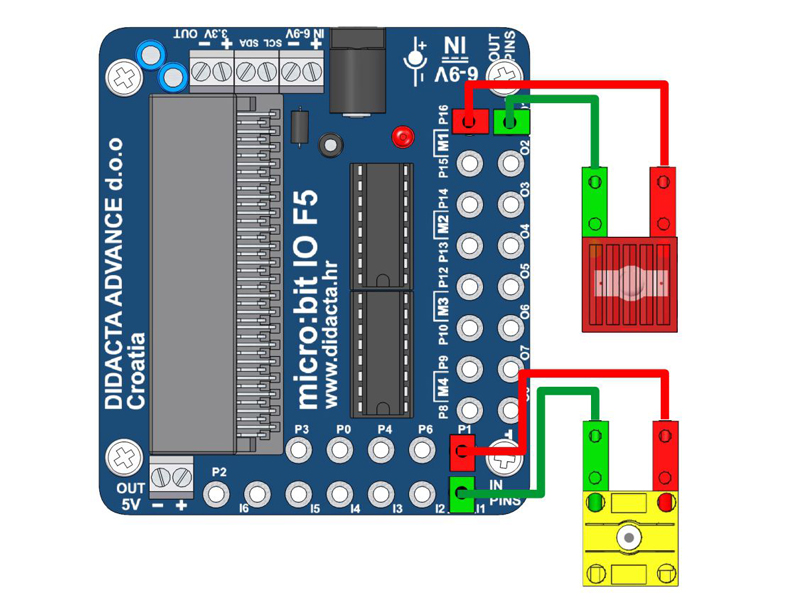 | ||||||
| ||||||
| vjezba09.zip | ||||||
| COLOR SENZOR (FischerTechnik) - COLOR recognition | |||||||||||||||||||||||||||||||||||||||||||||||||||||||||||||||||||||||||||||||||||||||||||||||||||||||||||||||||||||||||||||||||||||||||||||||||||||||||||||||||||||||
 | ||||||
| ||||||
| vjezba10.zip | ||||||
| MOTOR - ROTATION CONTROL WITH BUTTONS "A" AND "B" | |||||||||||||||||||||||||||||||||||||||||||||||||||||||||||||||||||||||||||||||||||||||||||||||||||||||||||||||||||||||||||||
 | ||||||
| ||||||
| vjezba11.zip | ||||||
| Controling LEDs with Potentiometer | |||||||||||||||||||||||||||||||||||||||||||||||||||||||||||||||||||||||||||||||||||
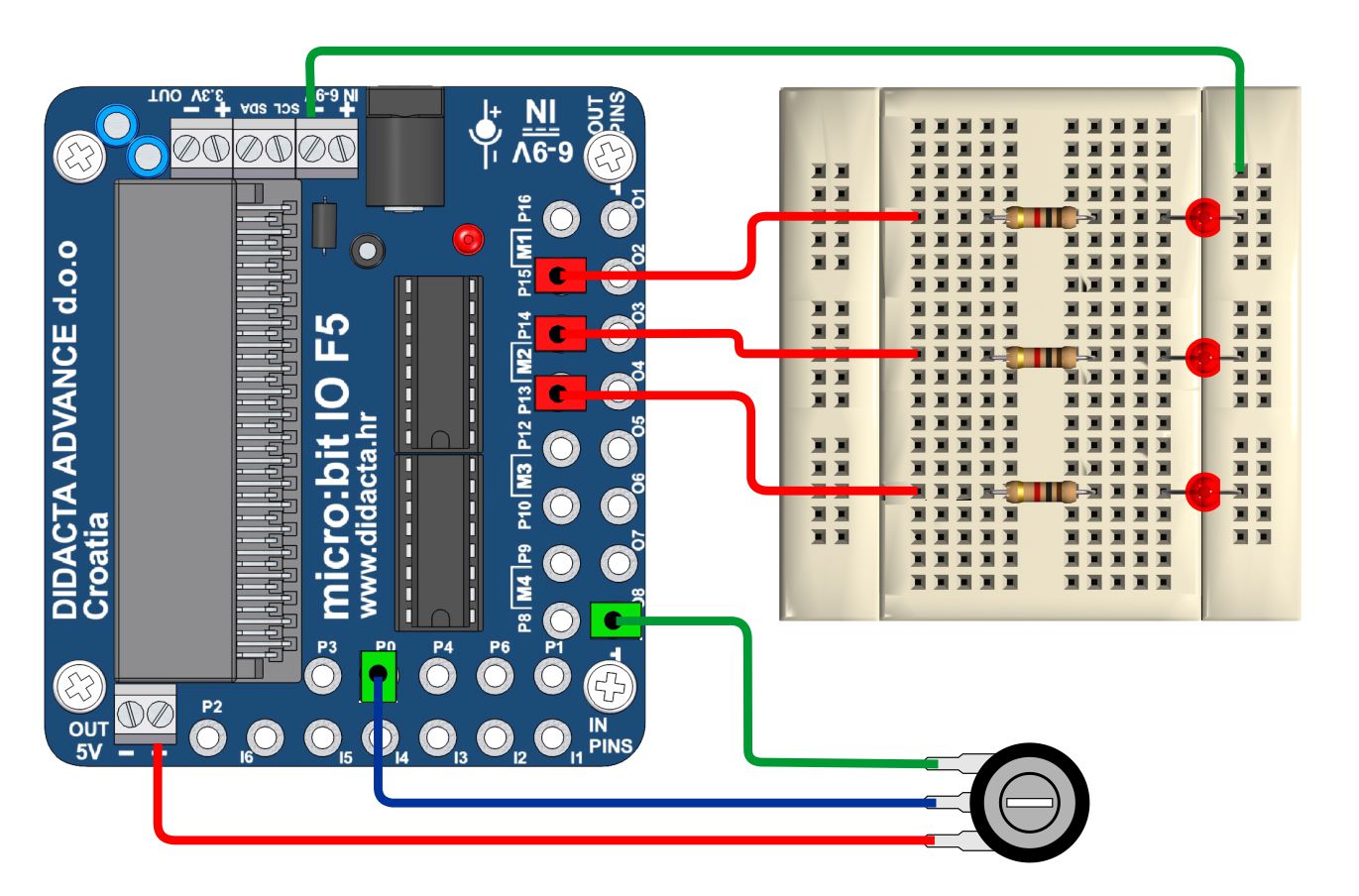 | ||||||
| ||||||
| vjezba13.zip | ||||||
| ENCODER MOTOR - COUNTER CONTROL | |||||||||||||||||||||||||||||||||||||||||
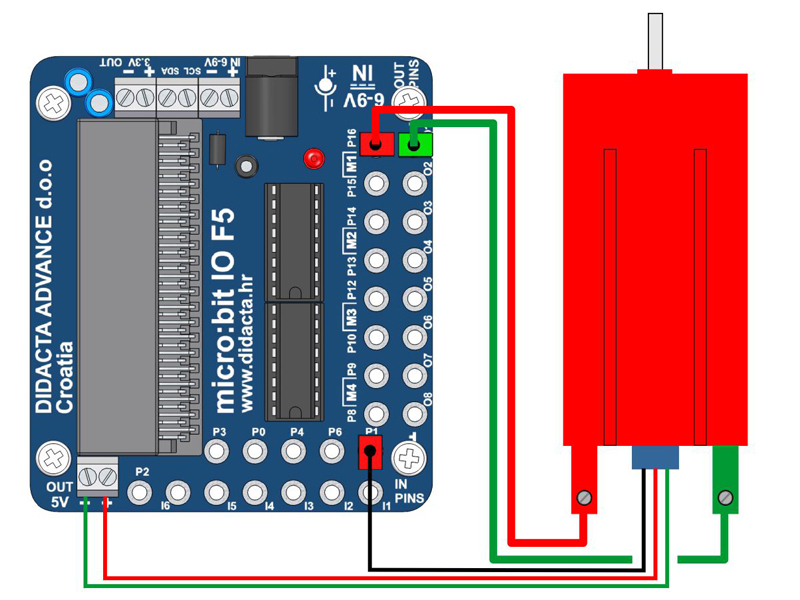 | ||||||
| ||||||
| vjezba19.zip | ||||||
| STEP MOTOR | ||||||
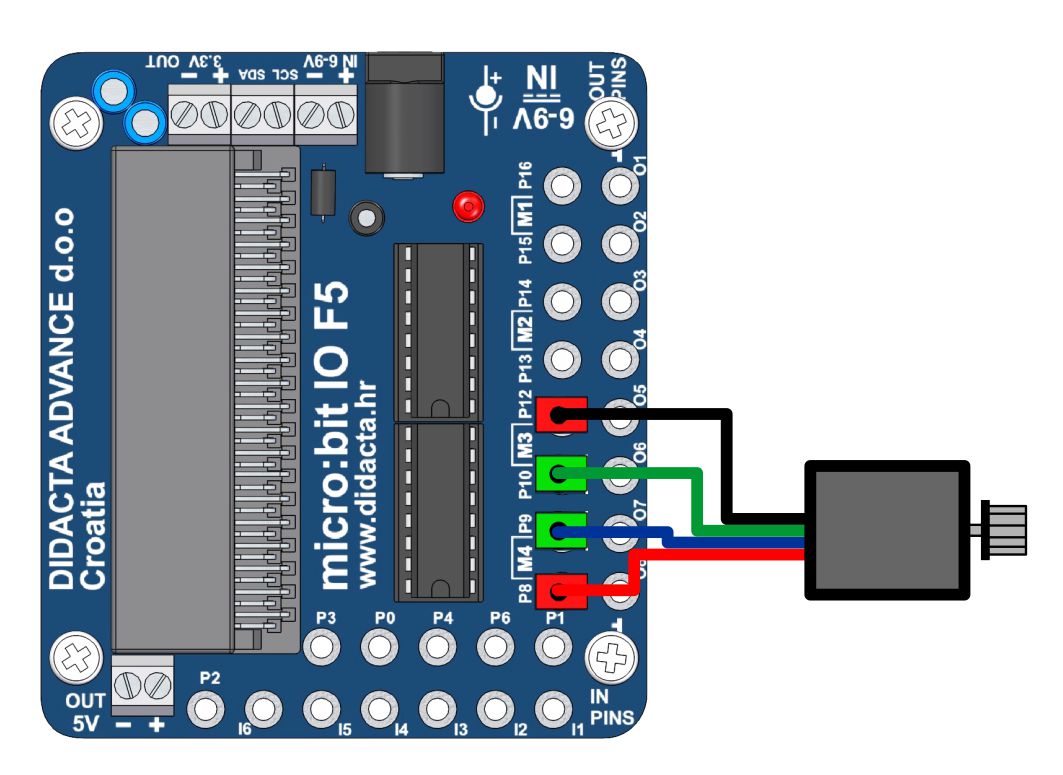 | ||||||
| ||||||
| vjezba20.zip | ||||||


